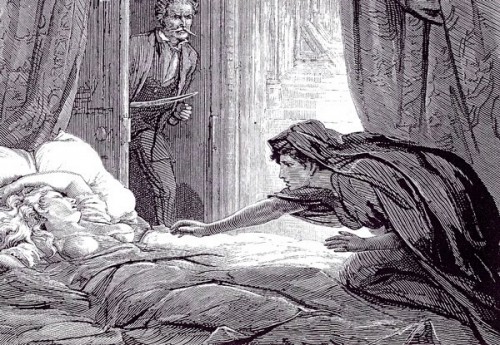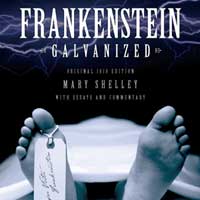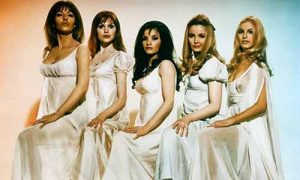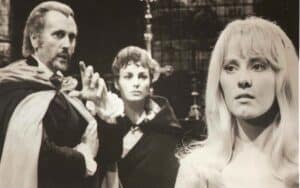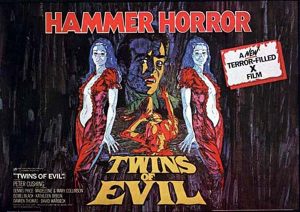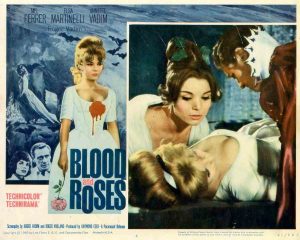HOWARD JACKSON looks beyond the titillation of Carmilla to discover the real meaning behind Sheridan LeFanu’s female vampire tale
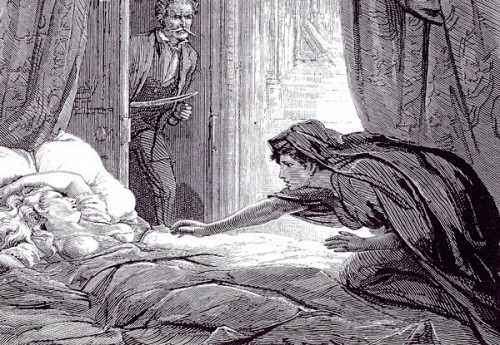
It is tempting but facile to assume that ‘Carmilla’ is merely a lesbian tale disguised by the author to satisfy the strictures of his censorious times.
If Sheridan Le Fanu were writing the story today, he may have added hard-core lesbian passion or even the soft-core alternative available in The Vampire Lovers (1970), the underestimated film version with Ingrid Pitt and Madeline Smith.
Le Fanu does not deny a lesbian attraction but Carmilla also functions as a tale of adolescent intimacy and dependency.
Carmilla behaves like a teenager.
She does not get out of bed until 1pm and is unwilling to answer questions.
These young women have physical intimacy, mutual admiration and shared identity.
Carmilla says to Laura, her victim and equal, “I don’t know which should be more afraid of the other”.
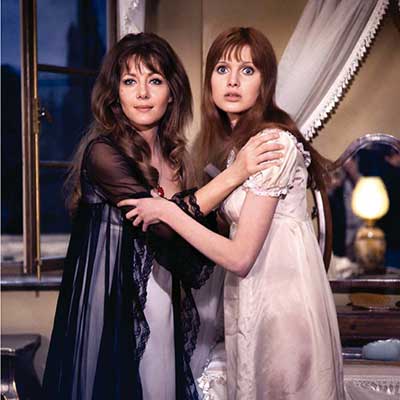
Laura is also repulsed by Carmilla but only because Carmilla is languid and reticent.
The attraction is more significant.
Laura plays with the hair of Carmilla while they admire the skin of each other.
She discovers a common bond rooted in ‘ambiguous alternations’.
If the threat of the vampire is an unwelcome intimacy that can destroy the victim, the mother of Carmilla, in the important scene at the masked ball, hints at what the vampire has to offer.
She demonstrates, like Gatsby, the lure of transcending time and death.
The mask conceals ageing, and the startling memory of the masked woman defies the impact of time on the brain.
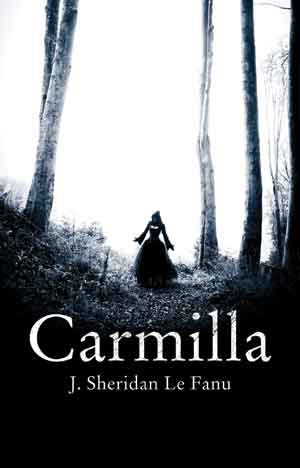
The two brief appearances of the ‘mother’ of Carmilla oblige the reader to wonder about her role.
Equally mysterious, is the black woman in the coach at the beginning of the tale.
These women who appear and disappear quickly imply a female rather than vampire conspiracy.
And why does Le Fanu first refer to Laura by name near the end of chapter 8?
Female identity and its relationship to vampirism are important to the book.
Laura and Carmilla may have shared a dream in which case they share destiny.
As in ‘Dracula’, the heroine is admired by older men but only achieves intimacy with other women.
Jonathon Harker is aroused but not by Mina. He is more partial to the three vampires.
Clearly, ‘Carmilla’ did inspire Bram Stoker but ‘Dracula’ is a weighty novel.
Both the longer book and the much shorter story, unlike some modern remakes, imagine prescribed roles for the poor who simply exist as food for the vampires.
The aristocrats are also drained of blood but they are nourished sexually.
Vampires may be an evil power but they promise the privileged an alternative to the unfortunate levellers of decay and death.
Inevitably, the all-important vampire grave is revealed by a Baron.
The ending of ‘Carmilla’ makes clear that the memory of the seduction by the vampire will never leave the victim.
Unlike the Stoker novel, the slate is not wiped completely clean.
In the dream that anticipated sexuality, Laura experienced the thrill of cold water but it was soon followed by darkness.
Here, virginity, like innocence, is never recovered.
What are your thoughts about Carmilla by Sheridan Le Fanu? Tell us in the comments section below!
Listen to Sheridan Le Fanu’s Carmilla
HOWARD JACKSON is the author of Treat Me Nice Elvis, his music and the Frankenstein Creature. He is also one of the contributors to Frankenstein Galvanized which is edited by Claire Bazin. Treat Me Nice and Frankenstein Galvanized are published by Red Rattle Books, which can be followed on Twitter here.

